Le Corbusier’s apartment in Paris opens to public after reconstruction

Le Corbusier’s apartment in Paris, where he lived from 1934 to 1965, has opened to the public following an extensive reconstruction. It was led by the Le Corbusier Foundation that now allows people to experience his private studio, personal objects, bespoke design solutions and living conditions during a time when he was at peak productivity on his architectural projects with his cousin and business partner Pierre Jeanneret.
On designing the apartment building Immeuble Molitorat at 24 rue Nungesser et Coli, located on the outskirts of Paris near Boulogne, for a private developer, Le Corbusier negotiated the whole of the 7th and 8th floors for himself, undertaking to build the roof of the property at his own expense where he designed a rooftop garden.
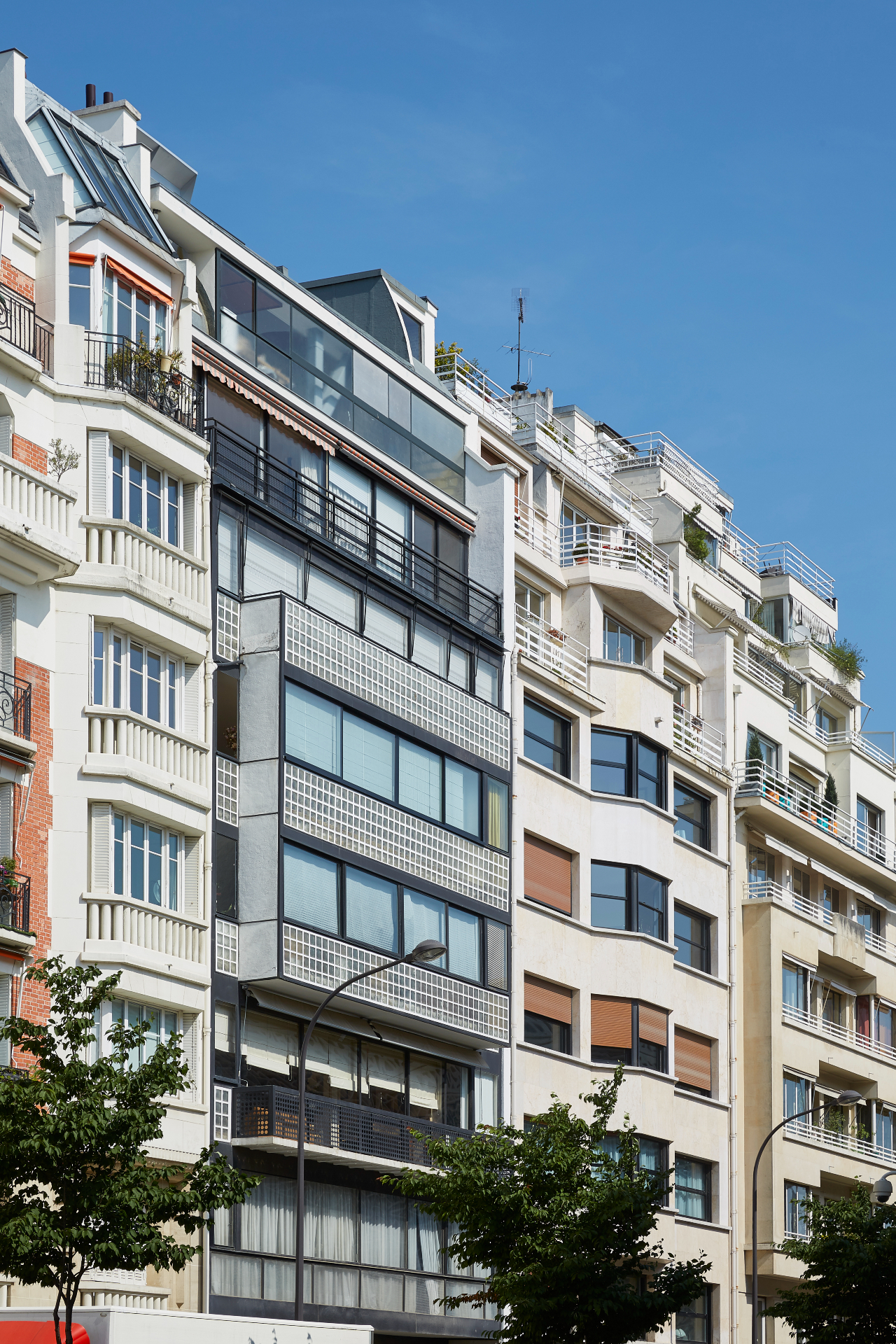
The glazed exterior of the apartment building Immeuble Molitorat at 24 rue Nungesser et Coli designed by Le Corbusier.
In his new home, Le Corbusier was looking for a family environment for himself and his new wife, Yvonne Gallis, whom he met in 1922, plus his housekeeper and dog, Pinceau, as well as a studio space where he could paint, write and be creative. They all took up residence from 1934 – with Yvonne staying until her death in 1957, and Le Corbusier until 1965.
The design of the building and its reinforced frame structure allowed a ‘free plan’ to be devised within each apartment, so while there were two or three apartments per floor equipped with sanitary facilities, each household could individually design their partitions to define how they wanted to live.
Following Le Corbusier’s Cité Radieuse theories and ideas, the Immeuble Molitorat had many progressive amenities for its time; it was double glazed, which meant it could be filled with light, through the façade, skylights, and Saint-Gobain Nevada glass bricks, while remaining warm inside. There were personal and service lifts, central heating, a laundry and drying room, cellars, garages and servants rooms on the ground floor.
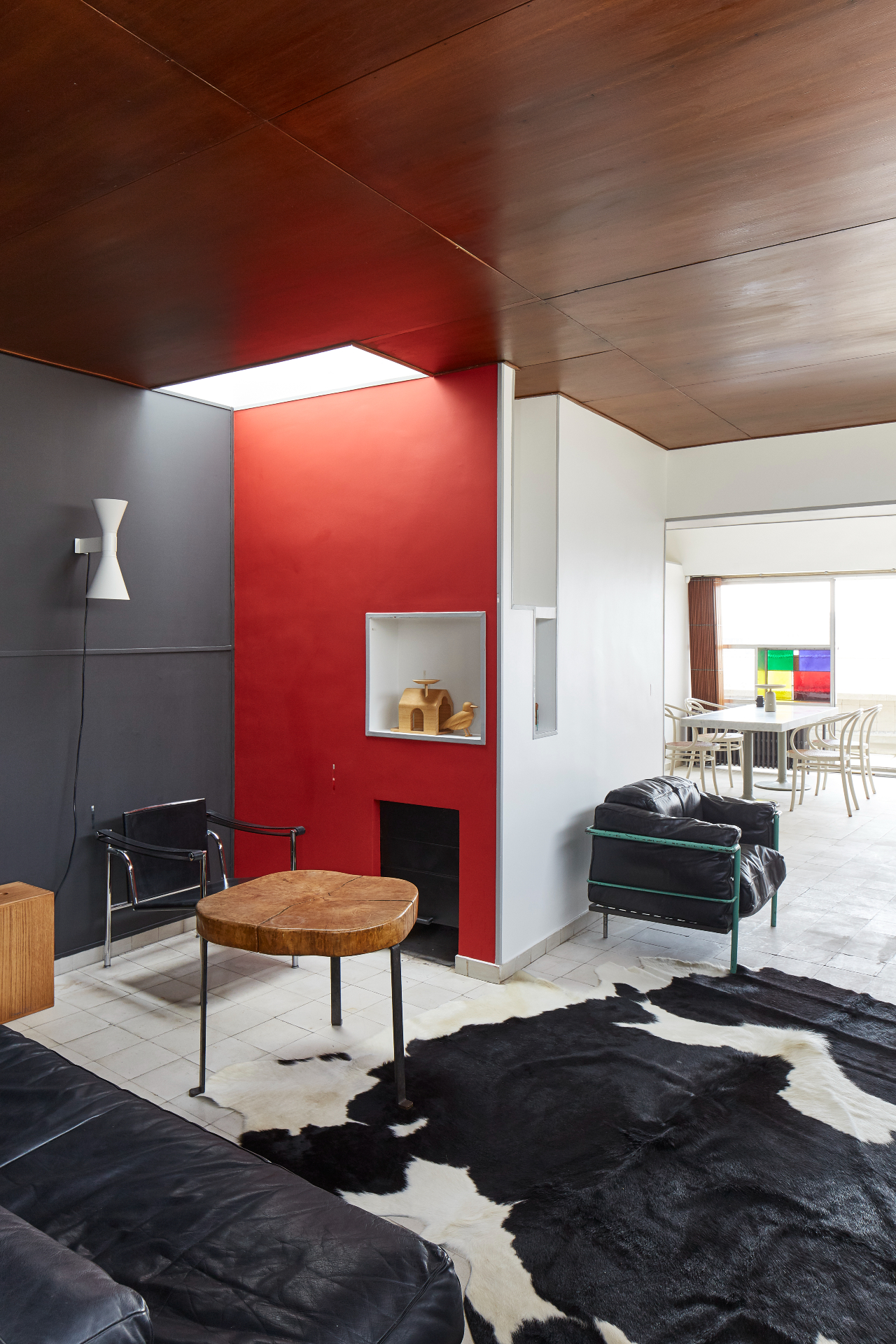
The living room at Le Corbusier’s apartment.
Radical for its time, it was the world’s first building with an entirely glazed façade, therefore joining a group of 17 works by Le Corbusier that are UNESCO World Heritage Site protected. Owned by the Le Corbusier Foundation, the apartment-studio also holds a ‘Maison des Illustres’ seal of approval and was listed as a historic monument in 1972, with the entire building following in 2017.
The reconstruction brings the apartment to life with its original coloured walls and grid-pattern tiles on the floor. Furniture pieces have been returned to their place with the sofa and Grand Confort armchair, co-designed by Le Corbusier, Pierre Jeanneret and Charlotte Perriand in the living room, and artworks by Fernand Léger, Alberto Magnelli, Henri Laurens and Jacques Lipchitz, as well as personal collections of shells, bones, pebbles displayed across the apartment. In the dining room, the marble table designed by Le Corbusier and surrounded by four Thonet armchairs sits upon a red woollen rug, woven in Tlemcen, Algeria.
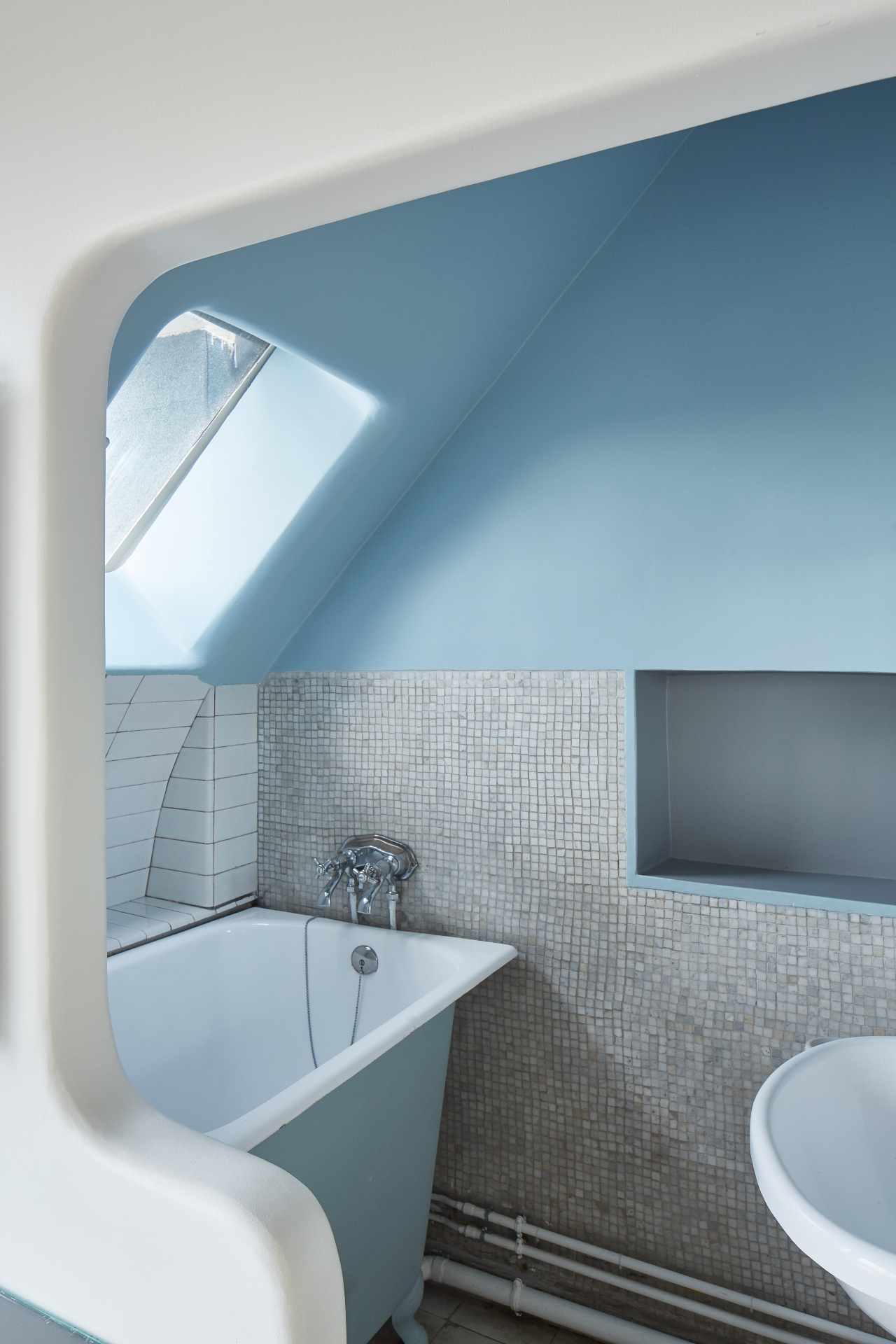
The bathroom.
In the studio, architectural details such as the 12-metre-long curving arch and exposed brick wall, that inspired le Corbusier on a daily basis can be seen, and the folding wooden panels he designed to reduce the amount of light entering the studio, which often dazzling him.
Many parts of the apartment are distinctly unique and designed or commissioned by Le Corbusier. A geometric stained-glass window made in Reims and designed by the artist Brigitte Simon and added in 1949, and Le Corbusier was inspired by an ocean liner cabin for his bedroom, where the bed was raised to be able to see the view of Boulogne over the balcony balustrade. The apartment is a chance to understand how Le Corbusier’s vision, from interior to exterior played out personally for him at home and in his studio.
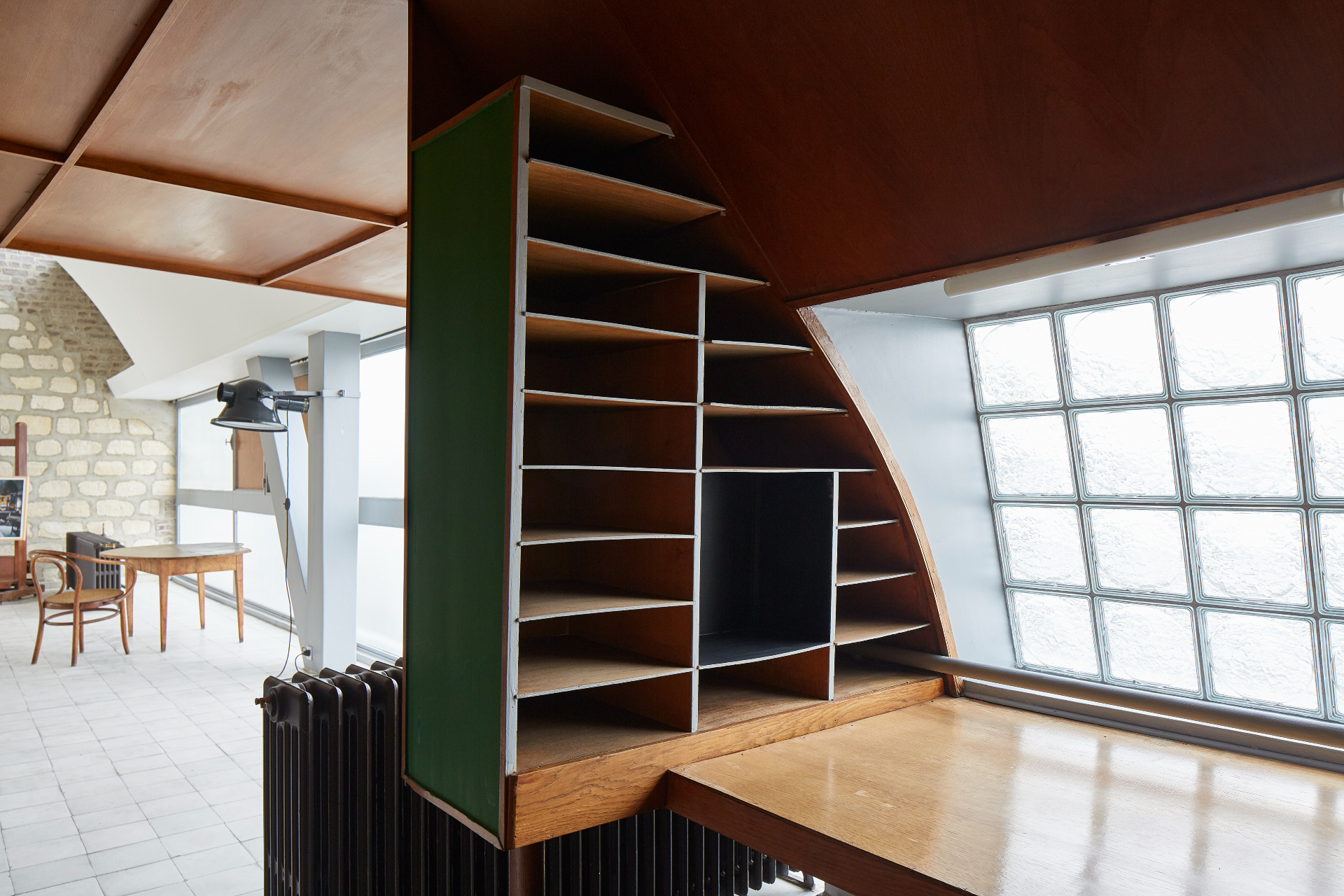
The private studio of Le Corbusier with small study area with in-built storage designed by Le Corbusier.
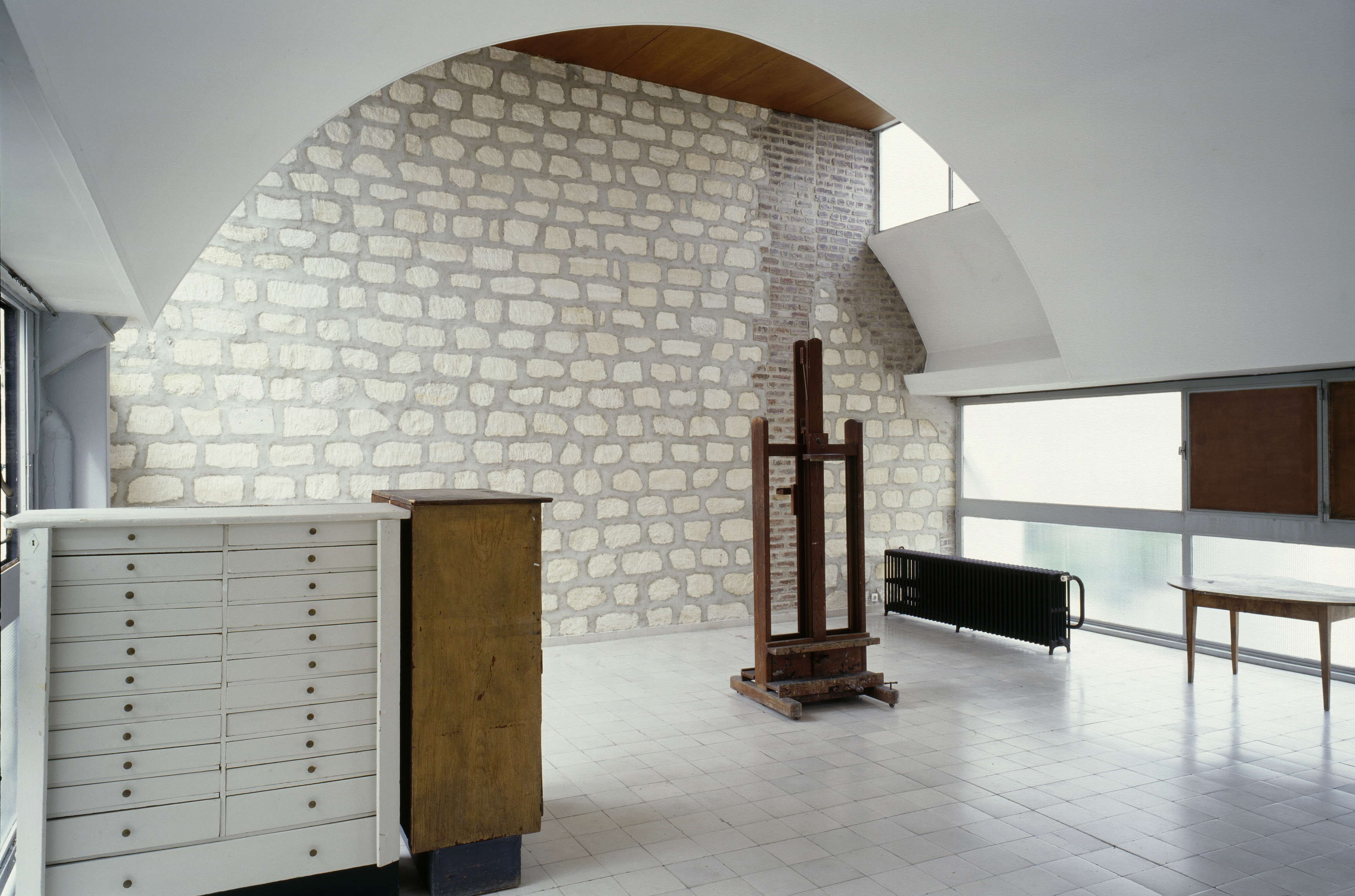
Le Corbusier’s private studio space with arch and exposed brickwork.
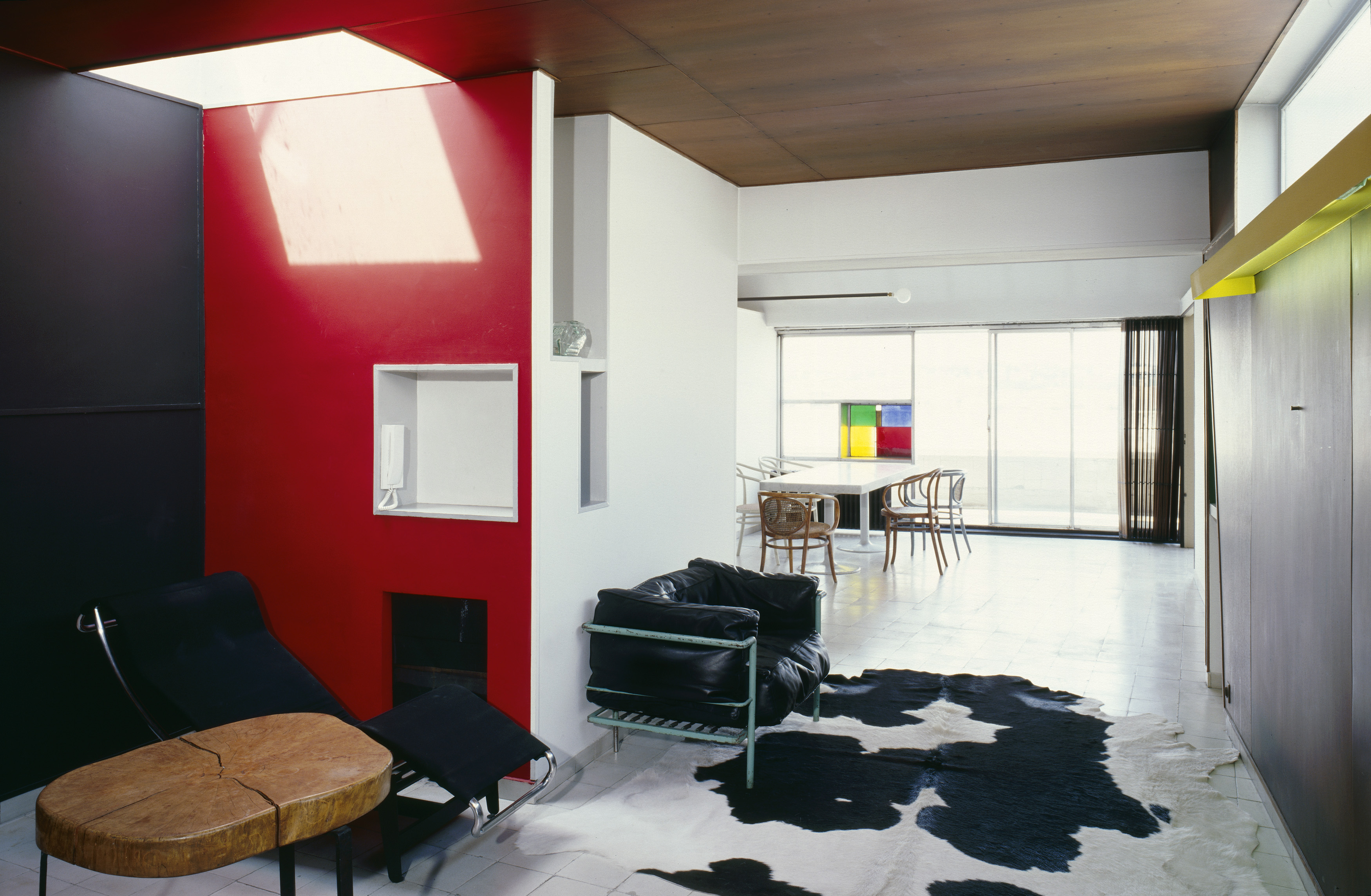
The living space with red wall and furniture pieces.
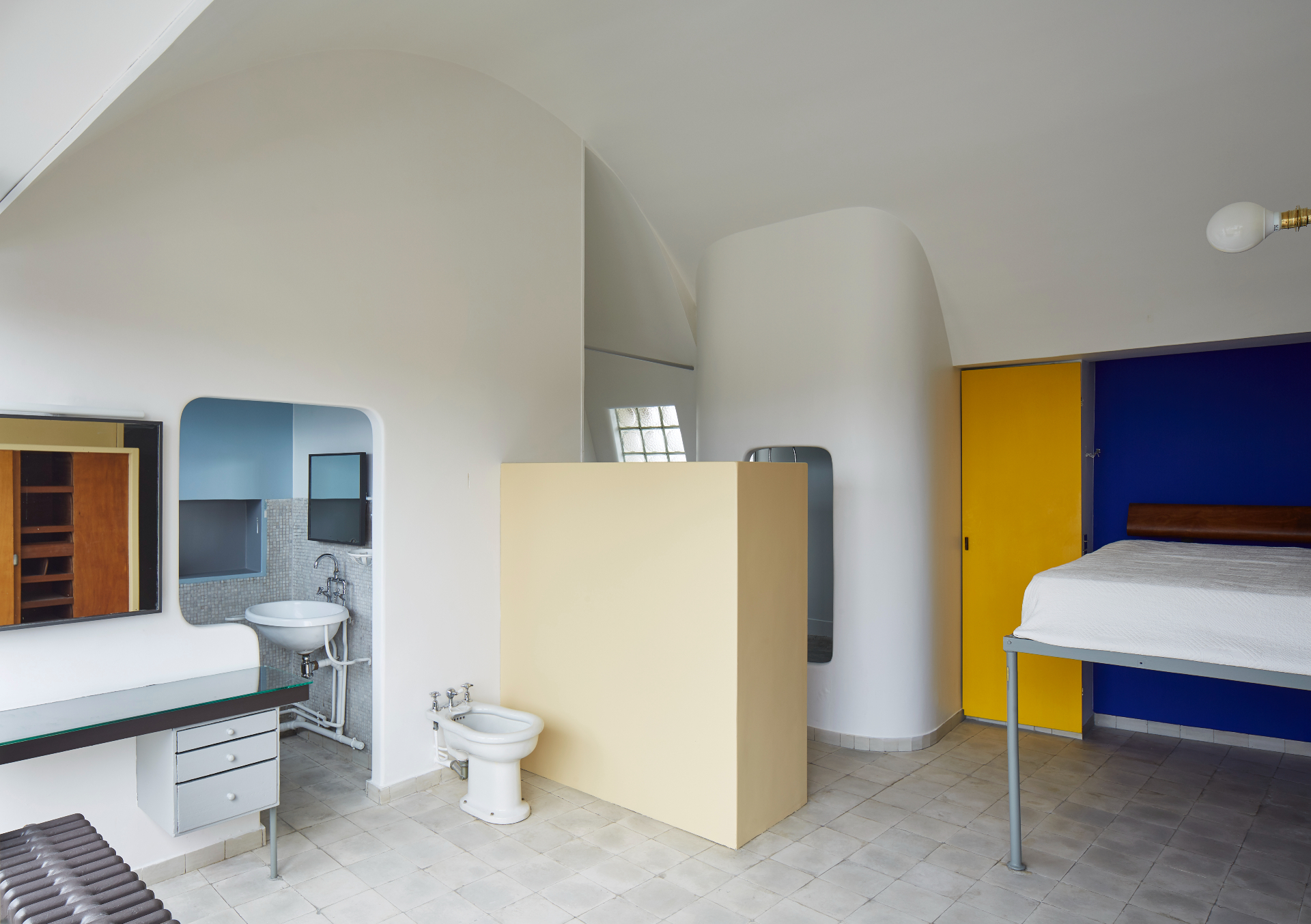
The master bedroom with yellow and blue walls and the raised bed designed to open up the view of Boulogne.
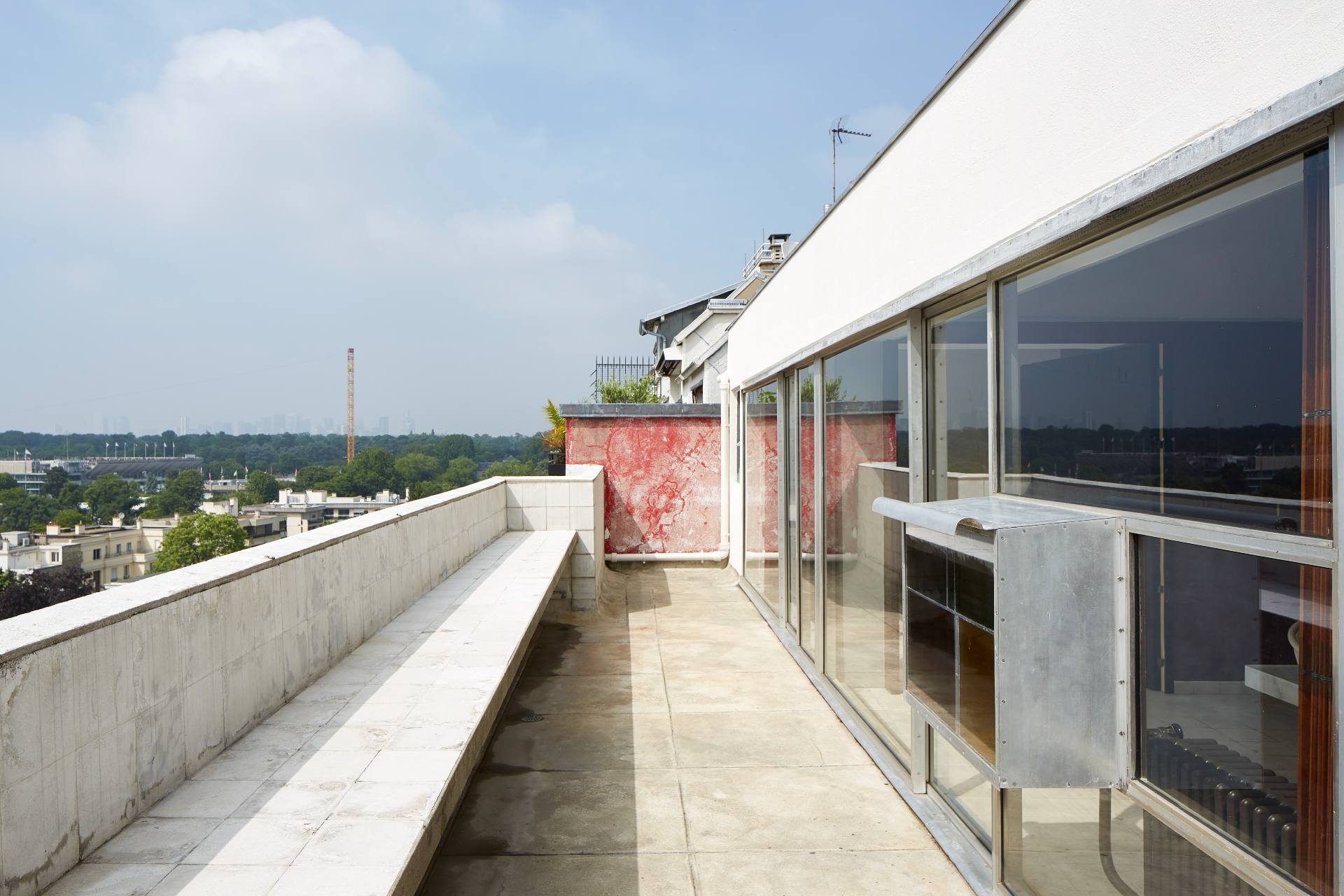
The balcony.
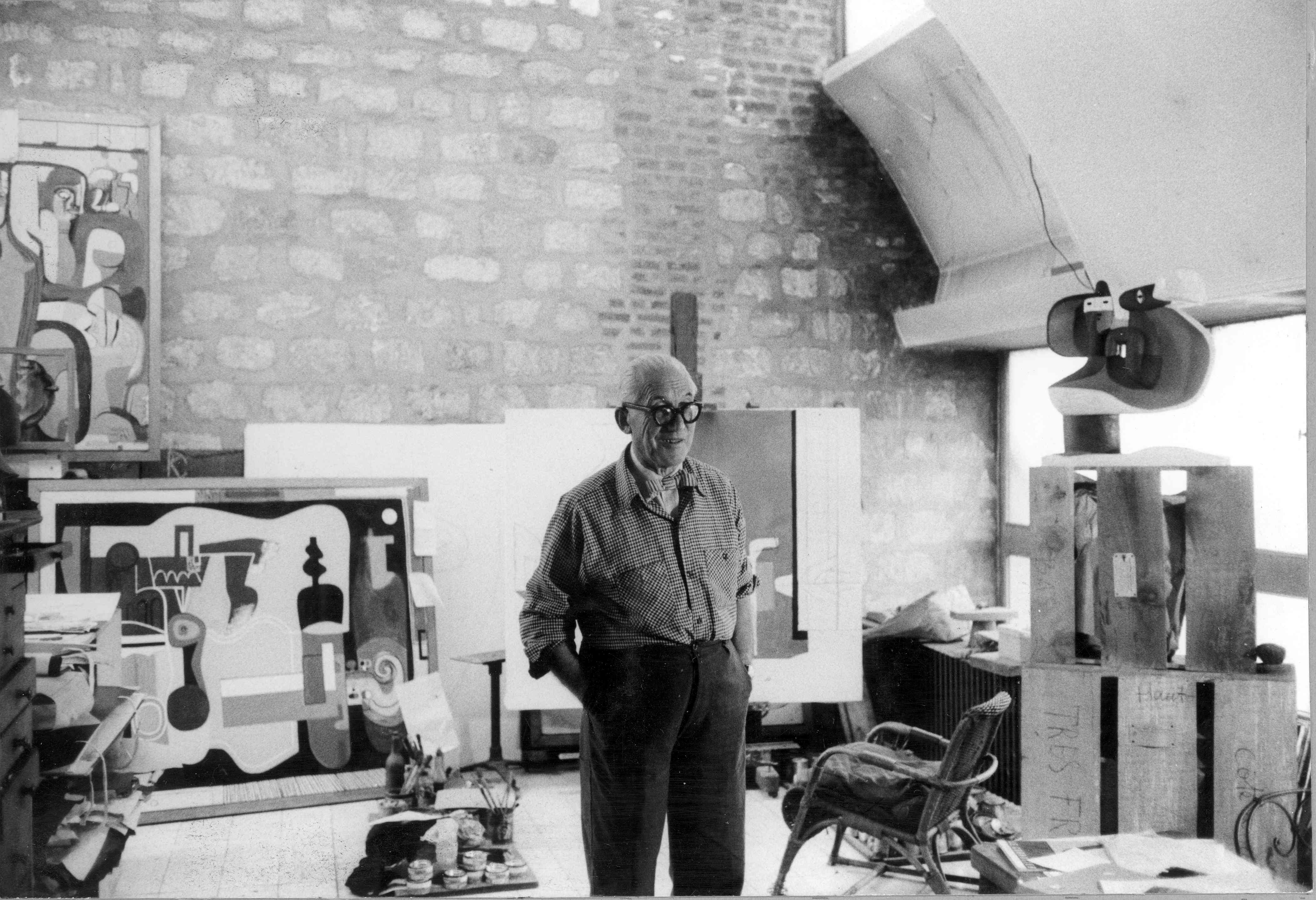
An archive photograph of Le Corbusier in his private studio at Immeuble Molitorat
INFORMATION
For more information, visit the Le Corbusier Foundation website
Receive our daily digest of inspiration, escapism and design stories from around the world direct to your inbox.
Harriet Thorpe is a writer, journalist and editor covering architecture, design and culture, with particular interest in sustainability, 20th-century architecture and community. After studying History of Art at the School of Oriental and African Studies (SOAS) and Journalism at City University in London, she developed her interest in architecture working at Wallpaper* magazine and today contributes to Wallpaper*, The World of Interiors and Icon magazine, amongst other titles. She is author of The Sustainable City (2022, Hoxton Mini Press), a book about sustainable architecture in London, and the Modern Cambridge Map (2023, Blue Crow Media), a map of 20th-century architecture in Cambridge, the city where she grew up.
-
 Gorden Wagener leaves the helm of Mercedes-Benz design after 28 years with the company
Gorden Wagener leaves the helm of Mercedes-Benz design after 28 years with the companyThe German designer is stepping down from the role of chief design officer at Mercedes-Benz. We look back at his influence and impact on the world of automotive and luxury design
-
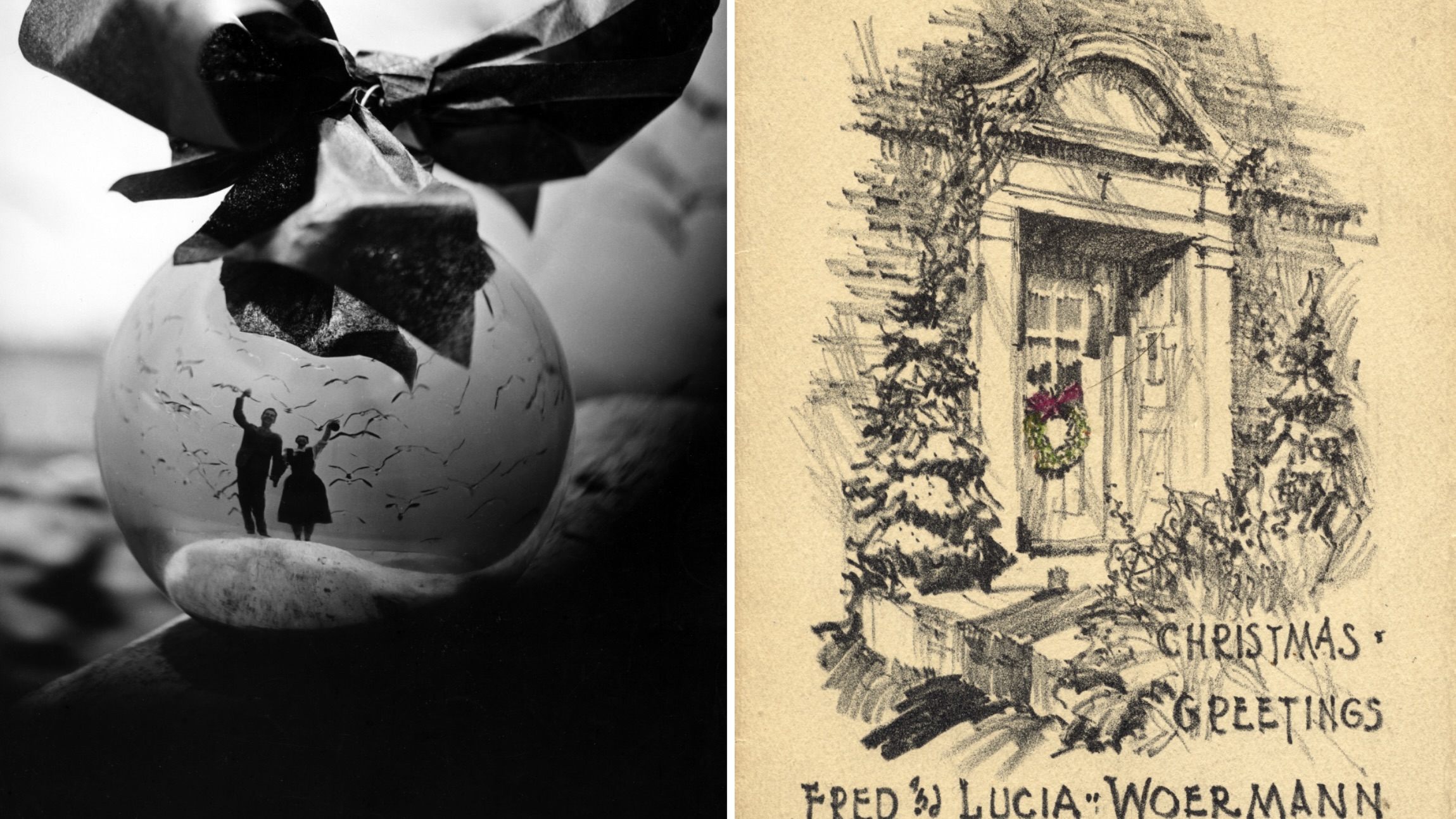 These Christmas cards sent by 20th-century architects tell their own stories
These Christmas cards sent by 20th-century architects tell their own storiesHandcrafted holiday greetings reveal the personal side of architecture and design legends such as Charles and Ray Eames, Frank Lloyd Wright and Ludwig Mies van der Rohe
-
 Lucila Safdie’s ‘feminine and surreal’ womenswear is inspired by teenage bedrooms and internet lore
Lucila Safdie’s ‘feminine and surreal’ womenswear is inspired by teenage bedrooms and internet loreThe latest in our Uprising series, the Central Saint Martins graduate is honing a pastel-shaded vision rooted in depictions of girlhood in film and literature
-
 The Architecture Edit: Wallpaper’s houses of the month
The Architecture Edit: Wallpaper’s houses of the monthFrom wineries-turned-music studios to fire-resistant holiday homes, these are the properties that have most impressed the Wallpaper* editors this month
-
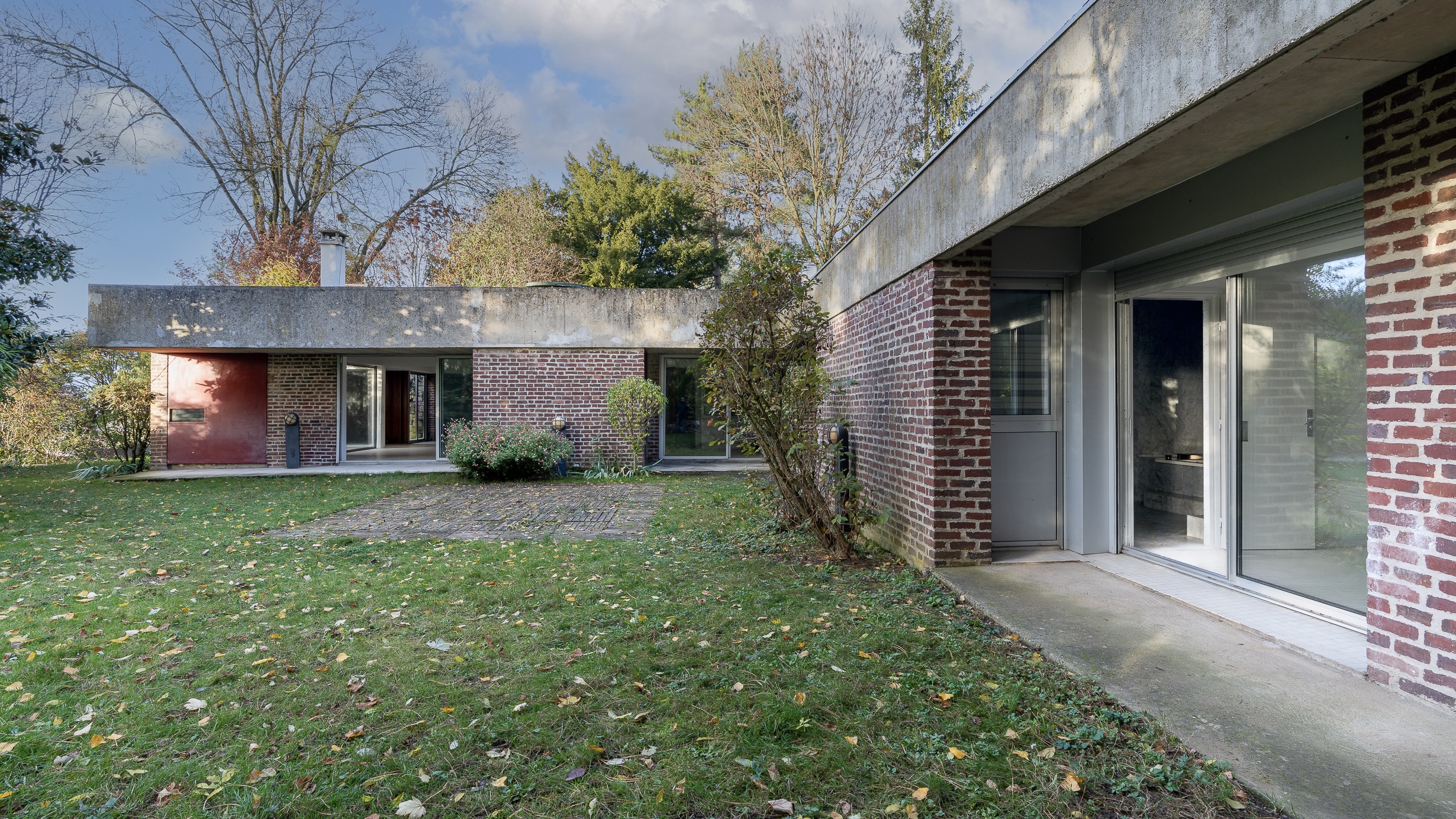 This modernist home, designed by a disciple of Le Corbusier, is on the market
This modernist home, designed by a disciple of Le Corbusier, is on the marketAndré Wogenscky was a long-time collaborator and chief assistant of Le Corbusier; he built this home, a case study for post-war modernism, in 1957
-
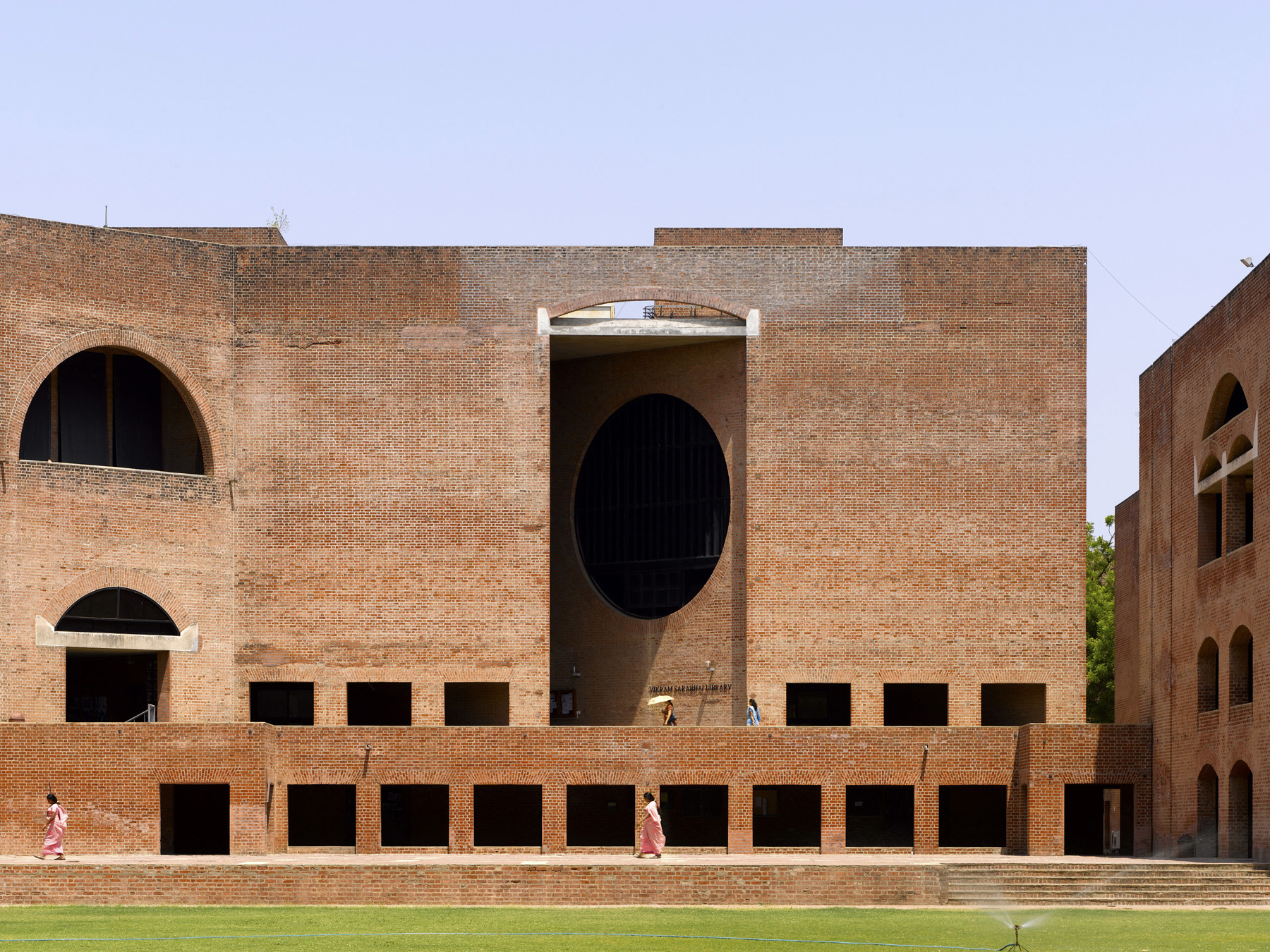 Louis Kahn, the modernist architect and the man behind the myth
Louis Kahn, the modernist architect and the man behind the mythWe chart the life and work of Louis Kahn, one of the 20th century’s most prominent modernists and a revered professional; yet his personal life meant he was also an architectural enigma
-
 The Architecture Edit: Wallpaper’s houses of the month
The Architecture Edit: Wallpaper’s houses of the monthFrom Malibu beach pads to cosy cabins blanketed in snow, Wallpaper* has featured some incredible homes this month. We profile our favourites below
-
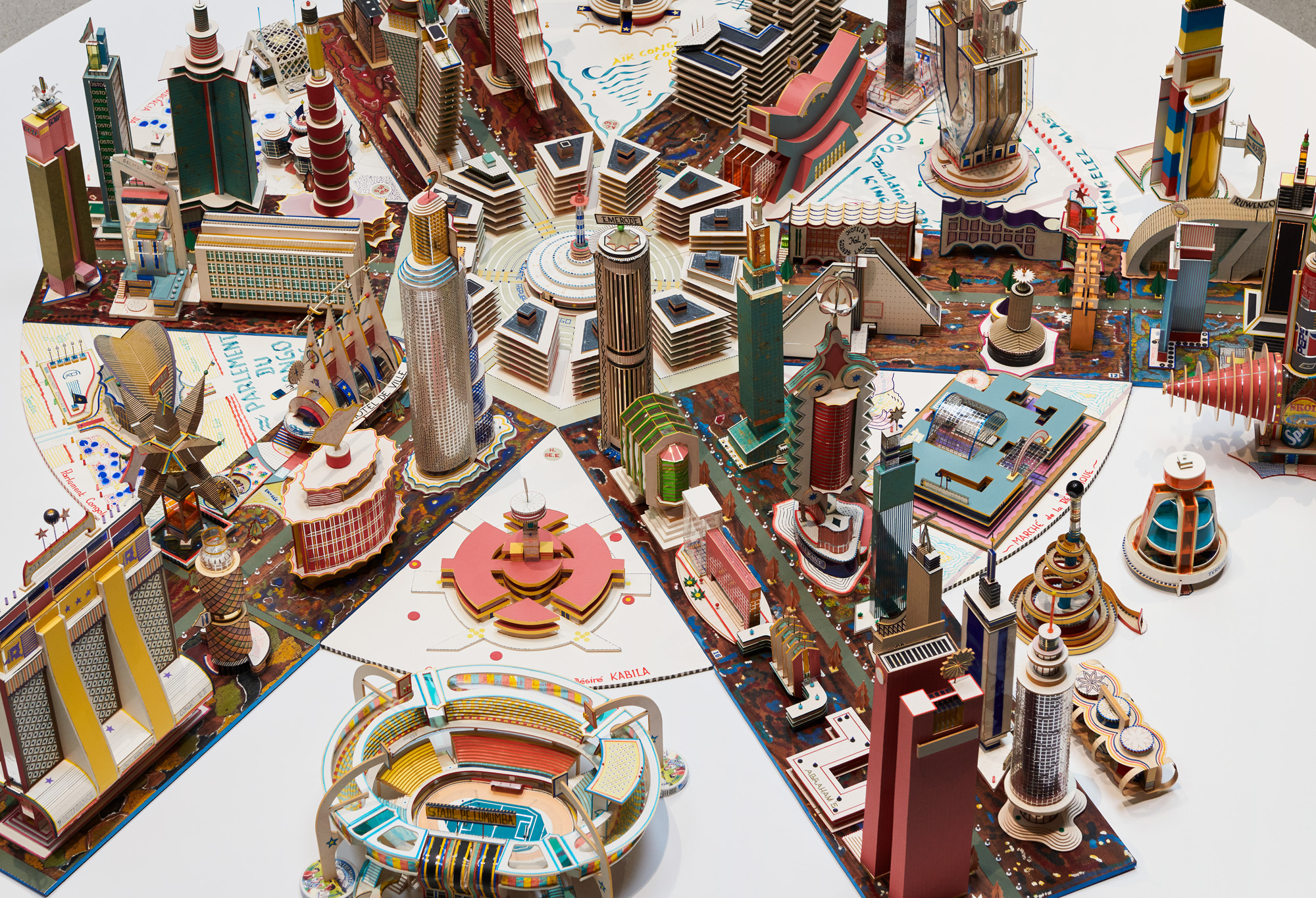 ‘You have to be courageous and experimental’: inside Fondation Cartier’s new home
‘You have to be courageous and experimental’: inside Fondation Cartier’s new homeFondation Cartier pour l'art contemporain in Paris invites us into its new home, a movable feast expertly designed by Jean Nouvel
-
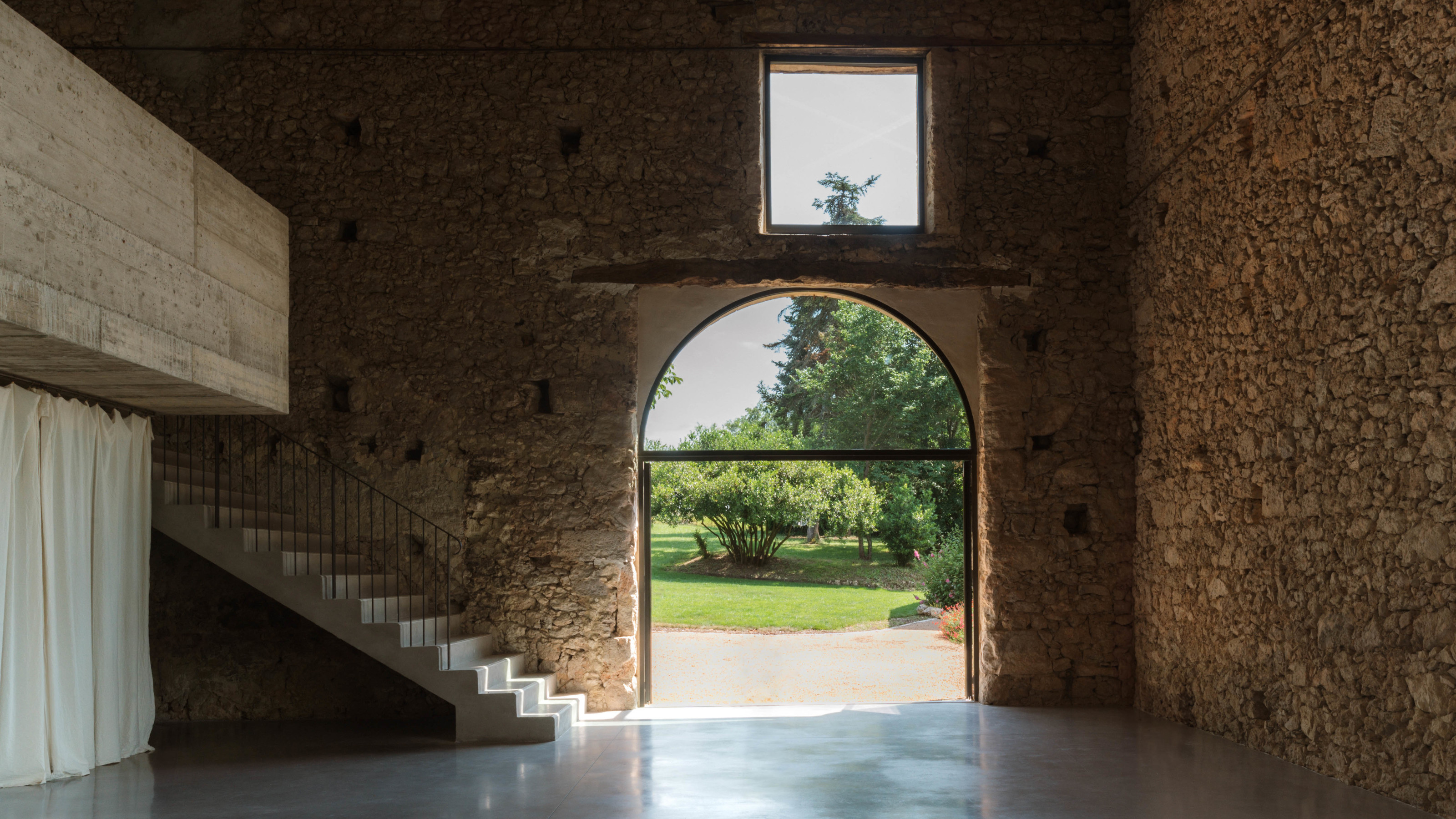 A wellness retreat in south-west France blends rural charm with contemporary concrete
A wellness retreat in south-west France blends rural charm with contemporary concreteBindloss Dawes has completed the Amassa Retreat in Gascony, restoring and upgrading an ancient barn with sensitive modern updates to create a serene yoga studio
-
 Three lesser-known Danish modernist houses track the country’s 20th-century architecture
Three lesser-known Danish modernist houses track the country’s 20th-century architectureWe visit three Danish modernist houses with writer, curator and architecture historian Adam Štěch, a delve into lower-profile examples of the country’s rich 20th-century legacy
-
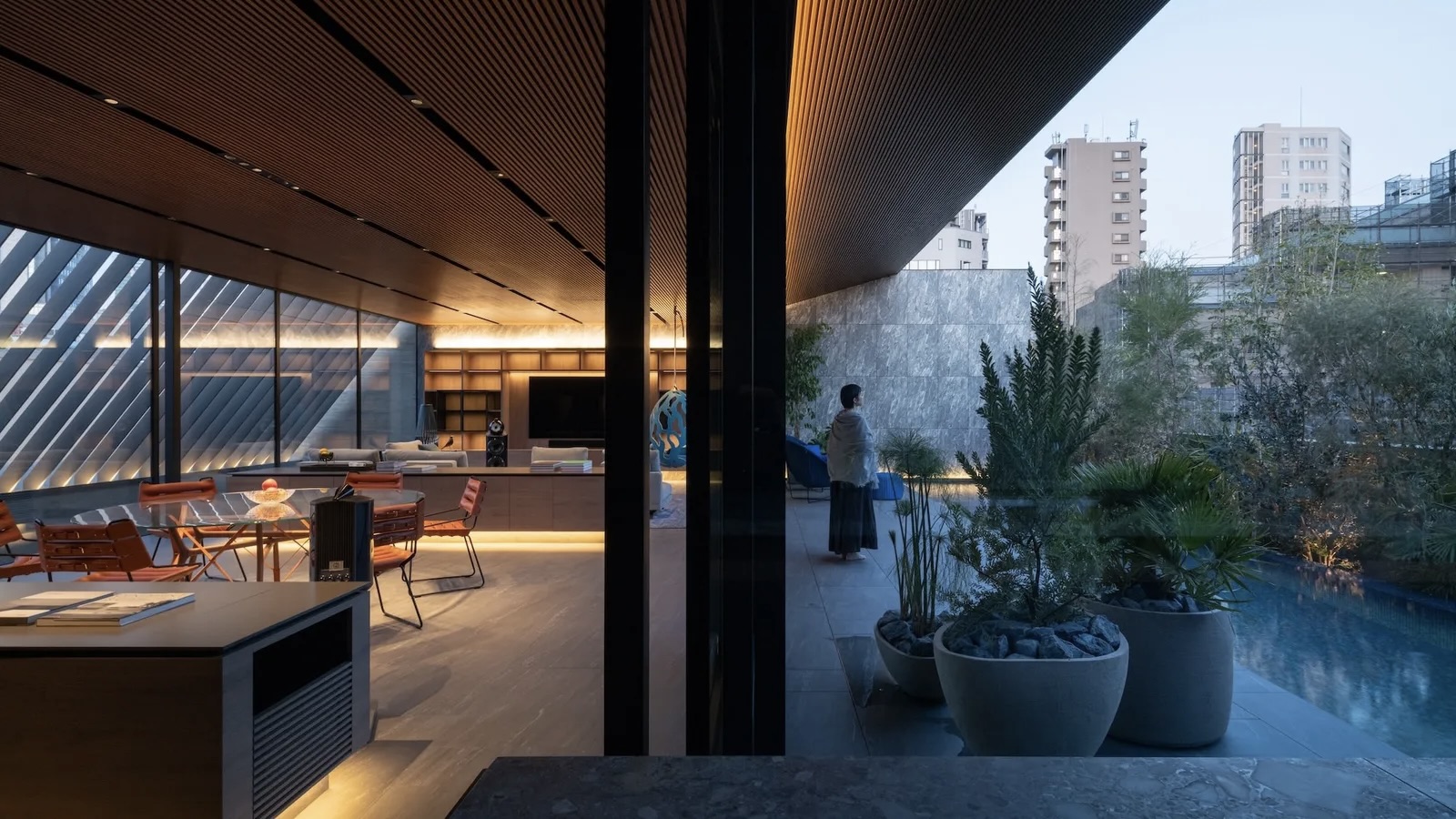 The Architecture Edit: Wallpaper’s houses of the month
The Architecture Edit: Wallpaper’s houses of the monthThis September, Wallpaper highlighted a striking mix of architecture – from iconic modernist homes newly up for sale to the dramatic transformation of a crumbling Scottish cottage. These are the projects that caught our eye